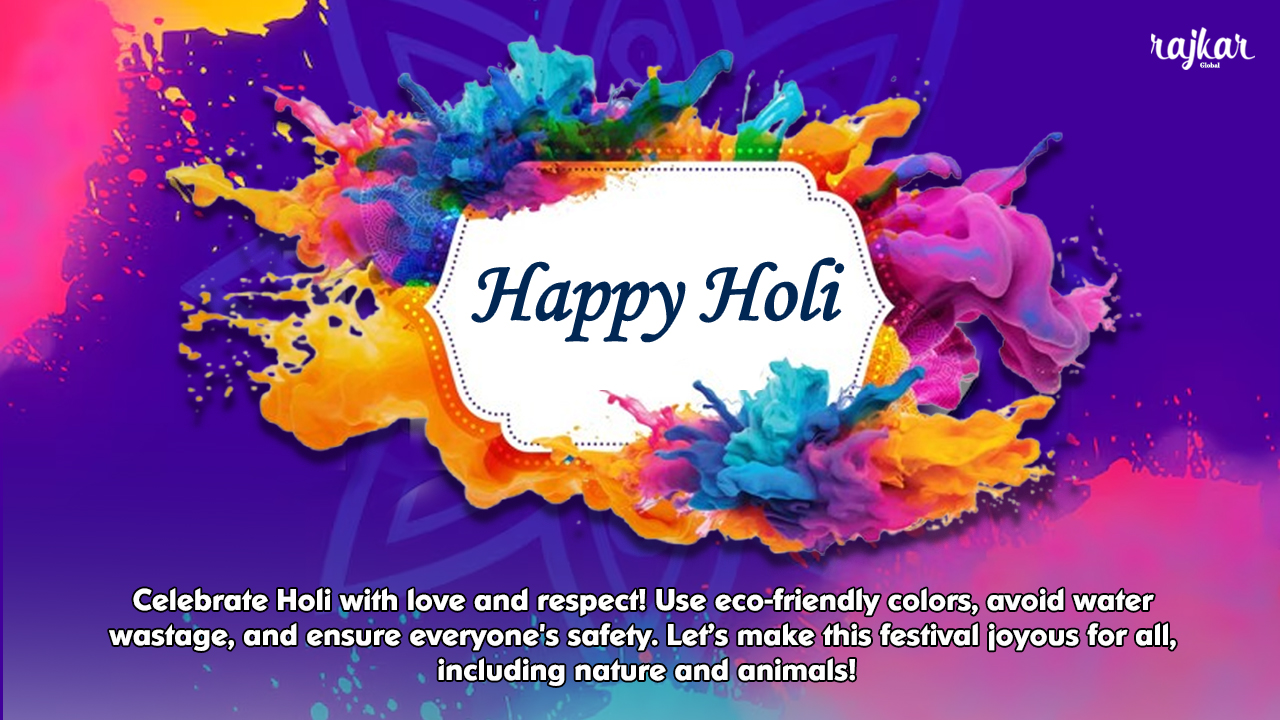Published:
March 13, 2025Holi and Rangpanchmi Festival: A Celebration of Colors and Joy
Holi, the festival of colors, is one of the most vibrant and joyous festivals celebrated in India and many parts of the world. It marks the arrival of spring and symbolizes the victory of good over evil. The festival is known for its exuberant celebrations, where people smear each other with colors, dance to lively music, and enjoy festive delicacies.
Significance of Holi
Holi has deep-rooted cultural and mythological significance. It is associated with the legend of Prahlad and Holika, where the demon king Hiranyakashipu’s sister, Holika, was burned to ashes while Prahlad, a devotee of Lord Vishnu, emerged unharmed. This event signifies the triumph of righteousness over wickedness. The festival also celebrates love and unity, inspired by the playful and colorful love between Lord Krishna and Radha.
The Celebrations
Holi celebrations begin with Holika Dahan, which takes place on the eve of Holi. People gather around bonfires, perform rituals, and pray for the destruction of evil forces. The next day, known as Rangwali Holi or Dhulandi, is when the real fun begins. Streets, parks, and open spaces turn into a canvas of colors as people throw gulal (colored powder), splash water, and dance joyfully to the beats of dhol (traditional drums). Special sweets like gujiya and drinks like thandai add to the festive spirit.
Rangpanchmi: The Extended Celebration
Rangpanchmi is another delightful event that extends the Holi celebrations, especially in Maharashtra and Madhya Pradesh. Observed on the fifth day after Holi, this festival is all about playing with colors once again, keeping the joy and festivity alive. While Holi is often marked with community gatherings and organized events, Rangpanchmi is more informal, celebrated with friends and family, ensuring the lingering essence of Holi remains in the air for a little longer.
Cultural and Social Importance
Holi and Rangpanchmi transcend barriers of caste, creed, and status, bringing people together in an atmosphere of harmony and joy. The festival fosters unity and strengthens relationships, making it one of the most anticipated events in the Indian cultural calendar.
Conclusion
Holi and Rangpanchmi are not just about colors but also about love, togetherness, and celebrating life with enthusiasm. As people come together to revel in this festival, it serves as a reminder of the importance of joy, forgiveness, and new beginnings. So, this Holi, let’s spread colors, happiness, and warmth in the lives of those around us!
